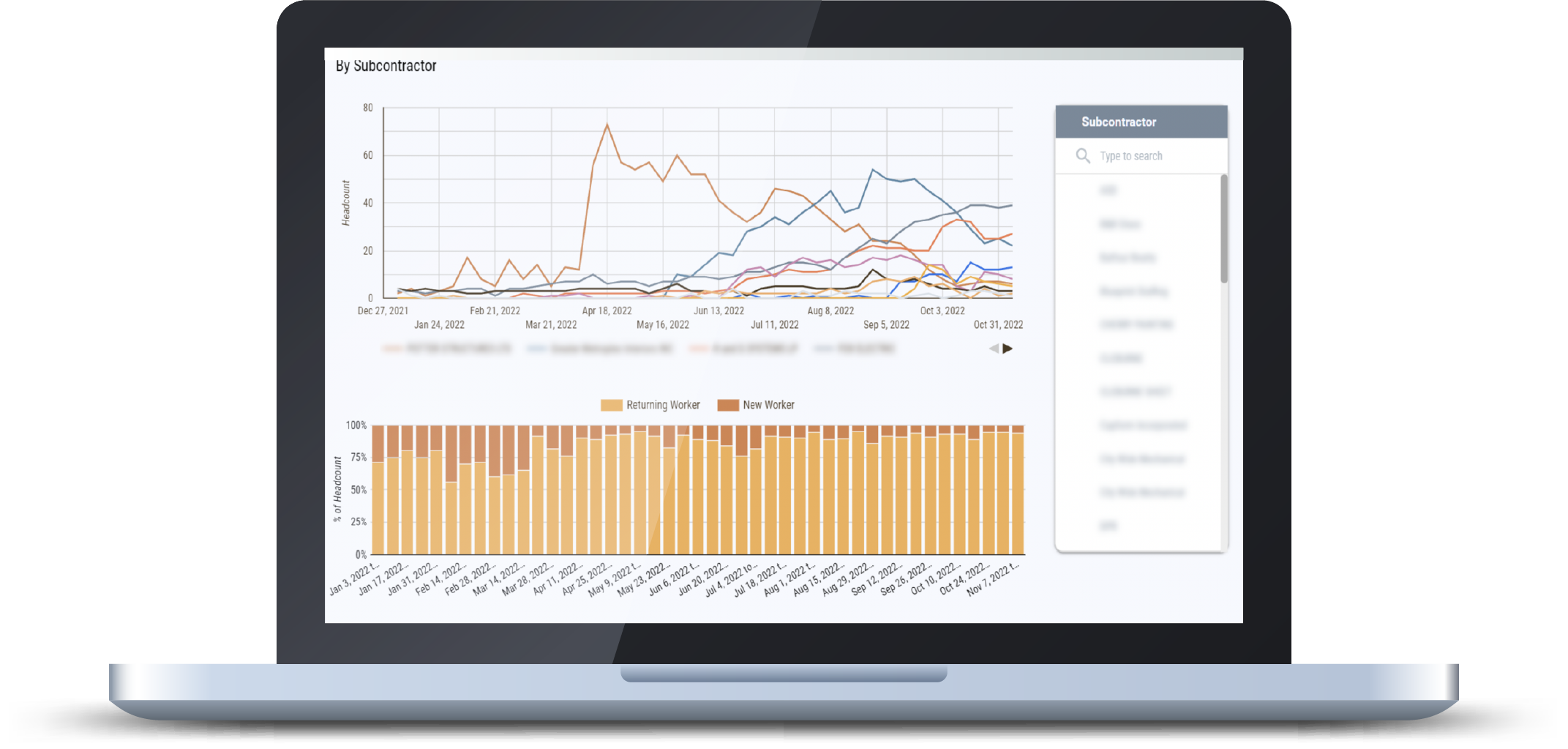App Fatigue in Construction is Real. And It's Killing Your Company's Innovation Efforts.
In the last 5-6 years, construction tech has transformed from a niche industry to a booming sector. Venture capital poured into the industry, creating countless point solutions designed to solve specific problems. Navigating this complex ecosystem isn't an easy task.
Today, most construction leaders recognize that technology is a critical part of their business operations. However, when poorly managed, it can stifle innovation and reduce productivity. Change management is hard, and managing it across multiple departments is even harder. You need buy-in from numerous stakeholders, a larger budget, and sometimes, the CEO's approval. This reality has led innovation and department leaders to take the easier, short visioned route: buying point solutions for immediate problems without considering the overall business impact.
For example, the safety director might buy a solution for orientations, while the safety manager on-site needs a mass texting solution for evacuations. The lead superintendent wants better daily logs, so he buys an app for that, while the site superintendent needs to manage deliveries and buys another tool. The VP wants accurate headcounts and buys a tracking solution, and the project manager needs to validate change orders and purchases yet another app. The list goes on.
The end result is that field crews use 10+ different apps daily to do their jobs. They need to onboard these apps, remember which one to use for each task, and have no centralized location to view everything. Additionally, they must seek support from different organizations if something breaks. This disrupts productivity and creates reluctance to adopt new solutions.
When it comes to field-oriented solutions requiring trade partner adoption, the situation is even worse. Superintendents not only need to use multiple apps but also train and enforce their usage among the trades. Good luck with that.
"Just don't give me another app" is a frequent sentiment. And with the current state of tech stack management, it's justified.
Preventing teams from finding solutions to their challenges might seem easier, but it kills innovation and disempowers your teams. Creating an internal website with all the available tech is nice, but keeping it up-to-date with the speed of technological development is impossible.
So, what do we do?
Step One: Identify the Right Person
Find someone in your organization who works with all departments and make this a priority for them.
Step Two: Map Existing Solutions
Identify what solutions your teams are currently using and select the 2-3 with the highest strategic value for your business. These should be solutions that make you better than the competition, not just operational tools like safety orientation apps or delivery management solutions.
Step Three: Streamline Solutions
Instead of focusing on finding new AI applications, ask this person to reduce the number of solutions by half while maintaining as many functionalities as possible. Help them understand where to go "a mile deep and an inch wide" (strategic) versus "an inch deep and a mile wide" (operational).
Step Four: Select Key Functionalities
Look for solutions that meet the key functionalities of your three strategic goals. Ensure you get the best tools for your business in these areas. For other functionalities, choose solutions that can handle multiple tasks adequately rather than a few tasks exceptionally well. It's okay to have less functionality in non-strategic areas since these are not critical for your business.
Step Five: Communicate
This step is crucial. Your teams chose their solutions for a reason. If you simply remove functionalities and force them to switch to a centralized solution, they'll be upset. However, if you explain the business impact, why you selected the 2-3 strategic solutions, and how having fewer apps is more efficient, they'll understand and buy-in.
By following these steps, you can mitigate app fatigue, foster innovation, and improve productivity across your construction projects.
This is not to say that you shouldn't try new solutions. Innovation companies want their teams to innovate and find better ways to execute independently. But when looking at the tech stack on an enterprise level, your job is to find the common thread and make sure you are buying fewer tools to do more, so your team in the field can focus on building.


